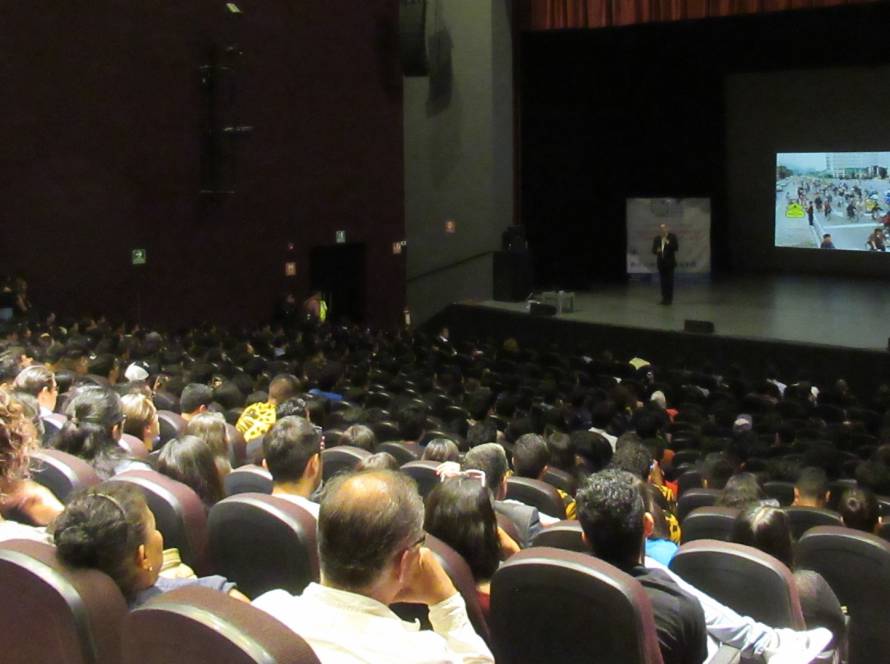Key Takeaways
- Three principal retrofit strategies: redevelopment, re-inhabitation / adaptive reuse, and regreening.
- Vast underused parking lots, dead malls and low-rise office parks are prime sites to address housing, climate, health, equity and fiscal stress in suburbs.
Summary
- Six urgent challenges suburbia was never designed for, but can help address through redesigning:
- Disrupt auto dependence
- Improve public health
- Support an aging population
- Leverage social capital for equity
- Compete for jobs
- Add Water and energy resilience
- Retrofitting suburbia repurposes aging infrastructure and car-dominated land-uses (malls, surface parking, office parks, wide arterials) to meet 21st-century needs:
- Redevelop: replace low-intensity commercial with mixed-use, denser, transit-served urban blocks,
- Reinhabitation / adaptive reuse: reuse malls, offices, motels, garages for community college campuses, incubators, senior housing, creative jobs, and
- Regreen: daylighting creeks, rain gardens, urban tree canopy and stormwater parks that lower the heat island, reduce runoff, and catalyze investment.
- Examples:
- Lancaster, California: a main street road was converted from 5 lanes to 2 lanes with middle parking and a tree line. The result was higher retail activity, increased tax revenues, and fewer crashes with negligible travel-time penalty.
- Pike District (30 minutes outside Washington, DC): the county persuaded property owners to build new public streets across private land in exchange for permission to build more densely, enabling walkability and transit shifts.
- Atlanta Beltline East Side Trail: a 22-mile rails to trails loop triggered office demand, walking commutes and rapid area uplift.
- ACC Highland, Austin, Texas: A community college bought and reinhabited a dead mall in Austin and partnered with a developer to build mixed use commercial and residential buildings as well as parks on the mall’s former parking lots.
- La Placita Cinco, California: A non-profit in California bought a strip mall in an underinvested neighbourhood and built affordable housing, kept local retail, and added a park.
- Wayzata Bay Centre, Wayzata, Minnesota: A dead mall was redeveloped into a senior housing -anchored mixed use town center.
- Meriden Green, Connecticut: An old mall and culverts built on top of a creek were demolished, the creek has been daylit, and the site has been turned into a stormwater park.
- TAXI, Riverfront North, Denver, Colorado: A former taxi distribution and repairs site has become a 50-50 mix of residential and creative offices.
- Mosaic District, Merrifield, Virginia: A dead cinemaplex was redeveloped into a movie theatre, anchored mixed use town centre.
- Successful retrofitting:
- combines technical design features (street network, transit, stormwater, etc.) with social design features (retail, community programming, cultural amenities, institutions, etc.),
- adjusts regulations to permit gentle density, and
- create financial tools that support redevelopment.
- Six urgent challenges suburbia was never designed for, but can help address through redesigning:
How can Cities apply these learnings?
- Create an inventory of underused land parcels and create opportunities for high-impact interventions for social infrastructure.
- Start with street network changes to reduce car dependence and increase walkability, therefore, enabling infill redevelopment.
- Rewrite zoning bylaws to allow missing-middle housing, permit adaptive reuse of malls/offices to housing, community colleges, incubators, senior housing, etc.
Ideas for further reading
- Retrofitting Suburbia: Urban Design Solutions for Redesigning Suburbs – Book by Ellen Dunham-Jones and June Williamson.
- Case Studies in Retrofitting Suburbia: Urban Design Strategies for Urgent Challenges – Book by Ellen Dunham-Jones and June Williamson.


